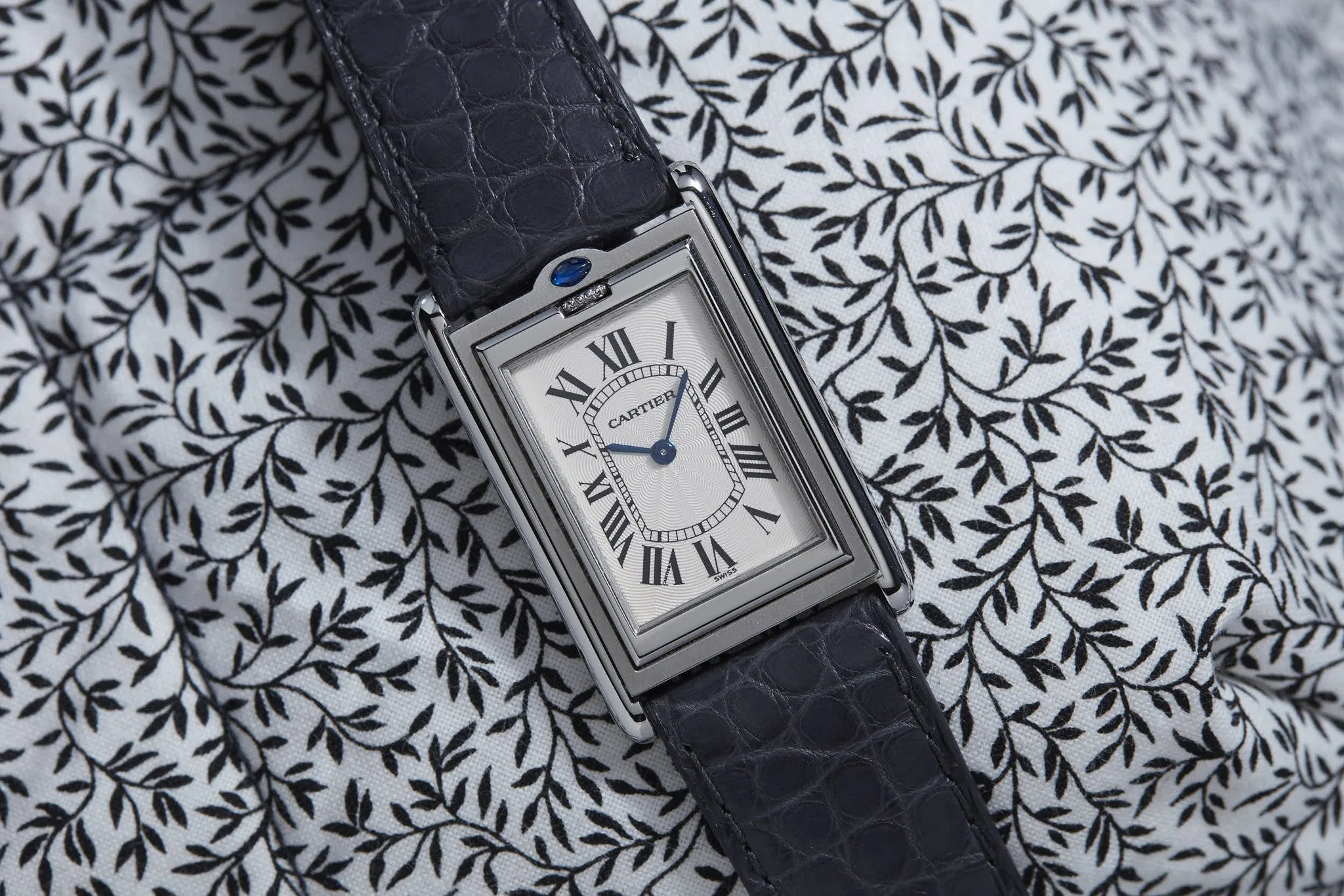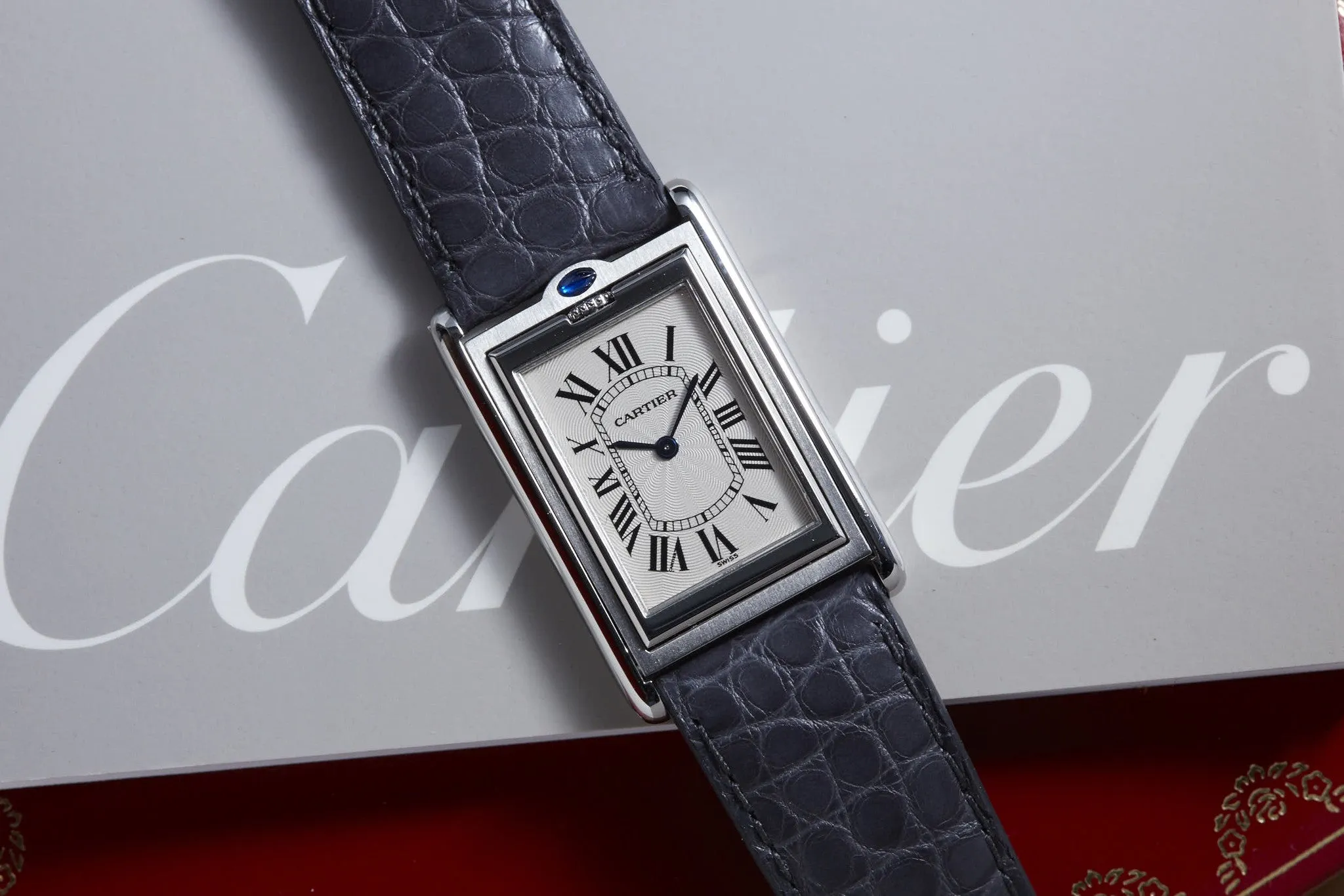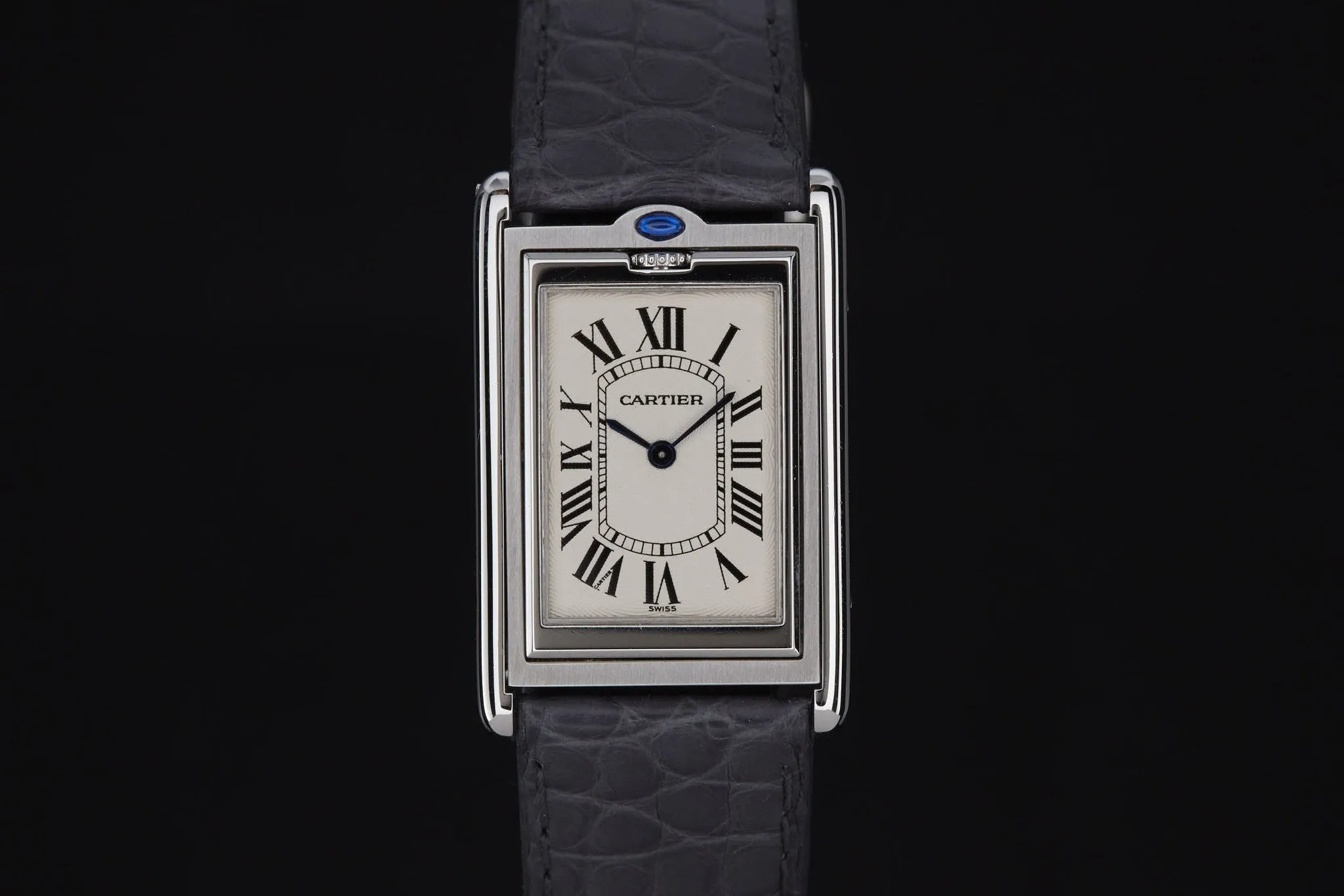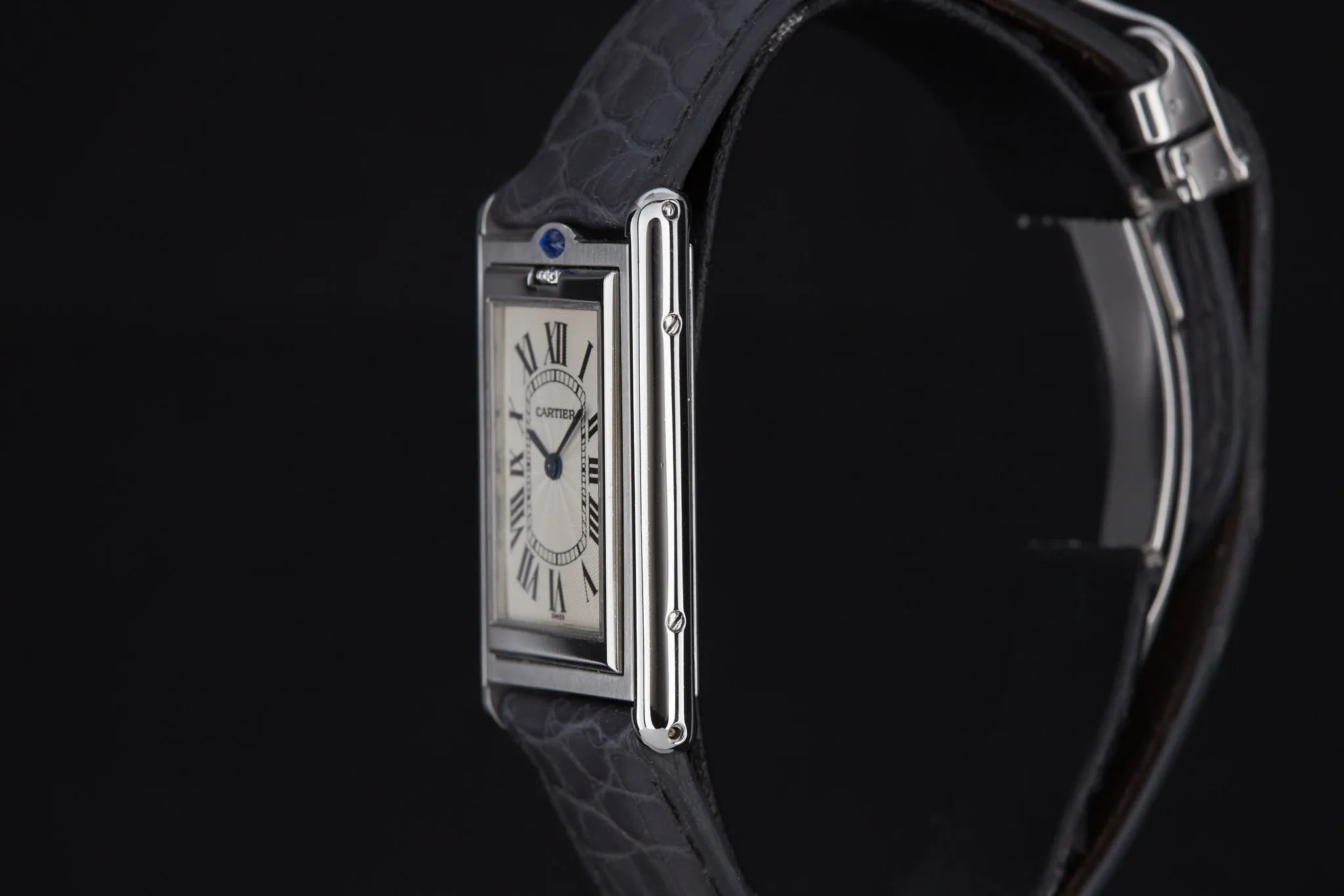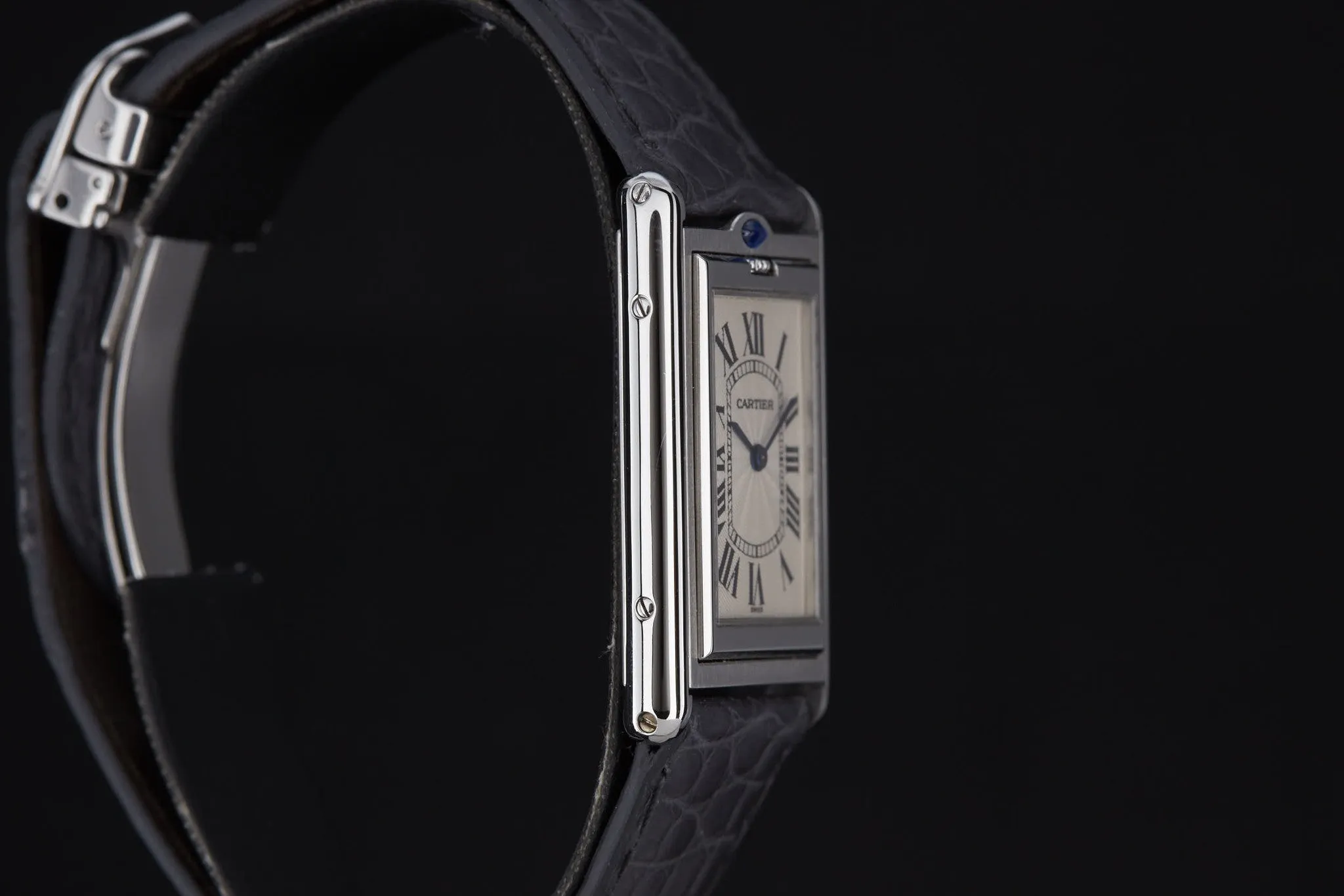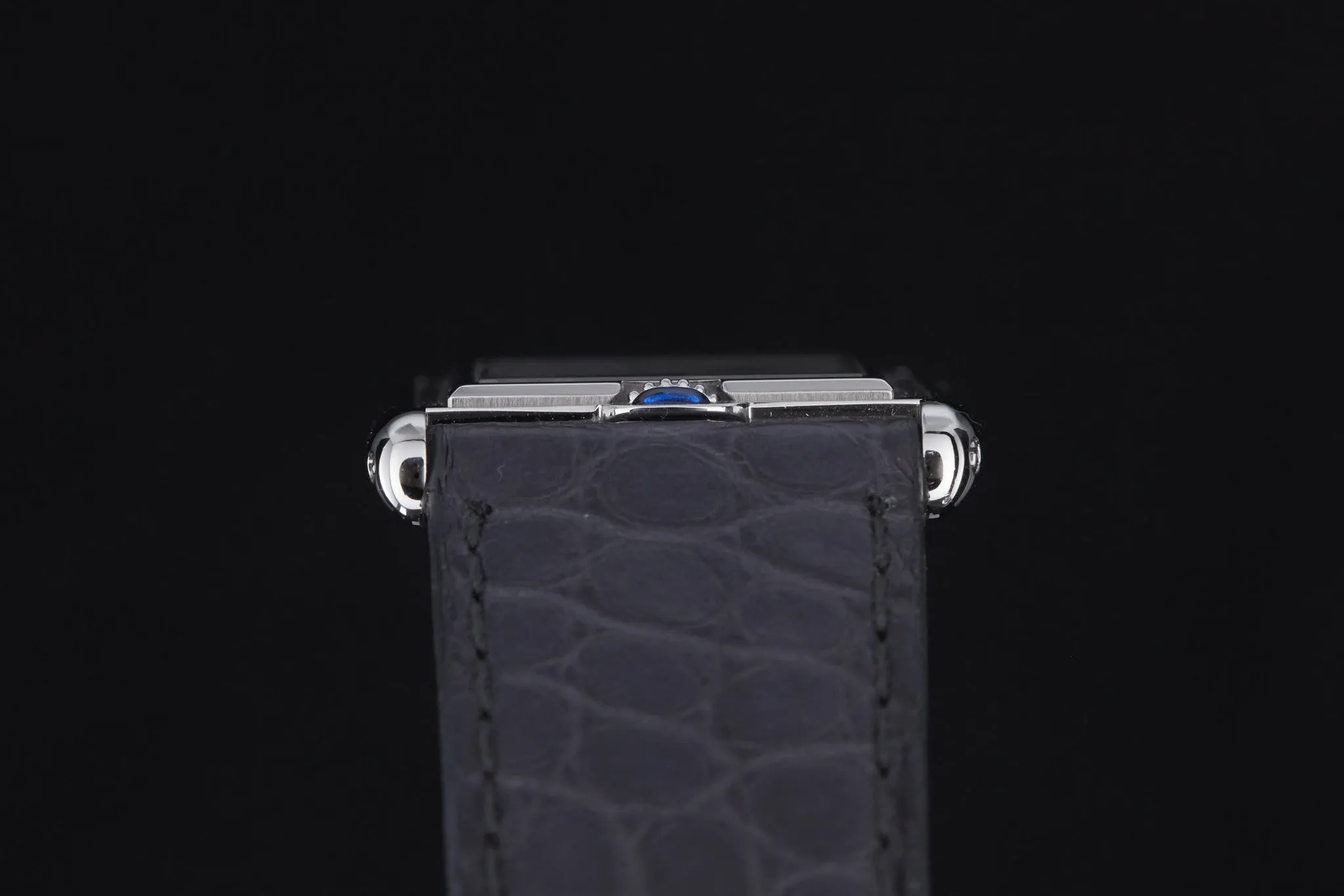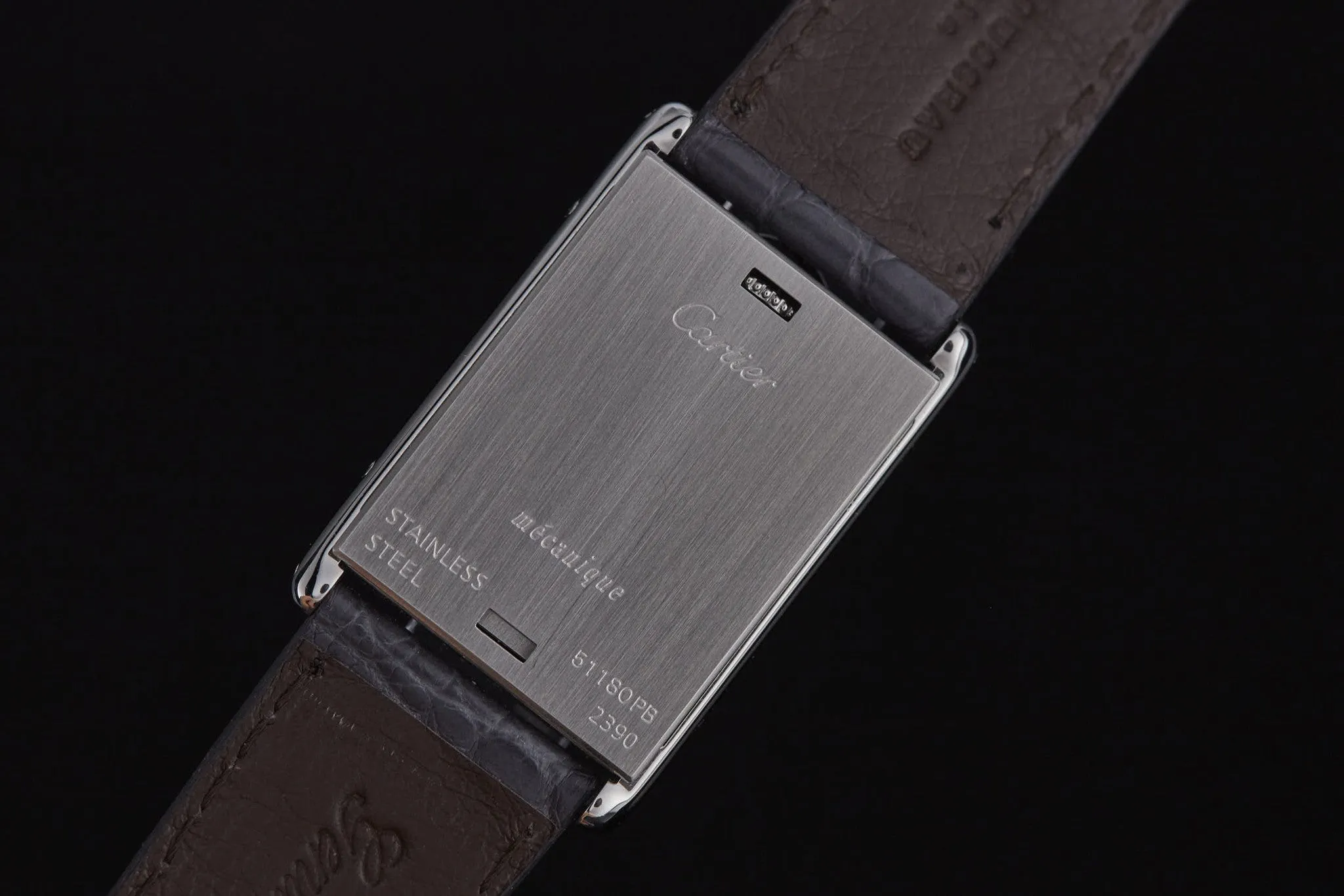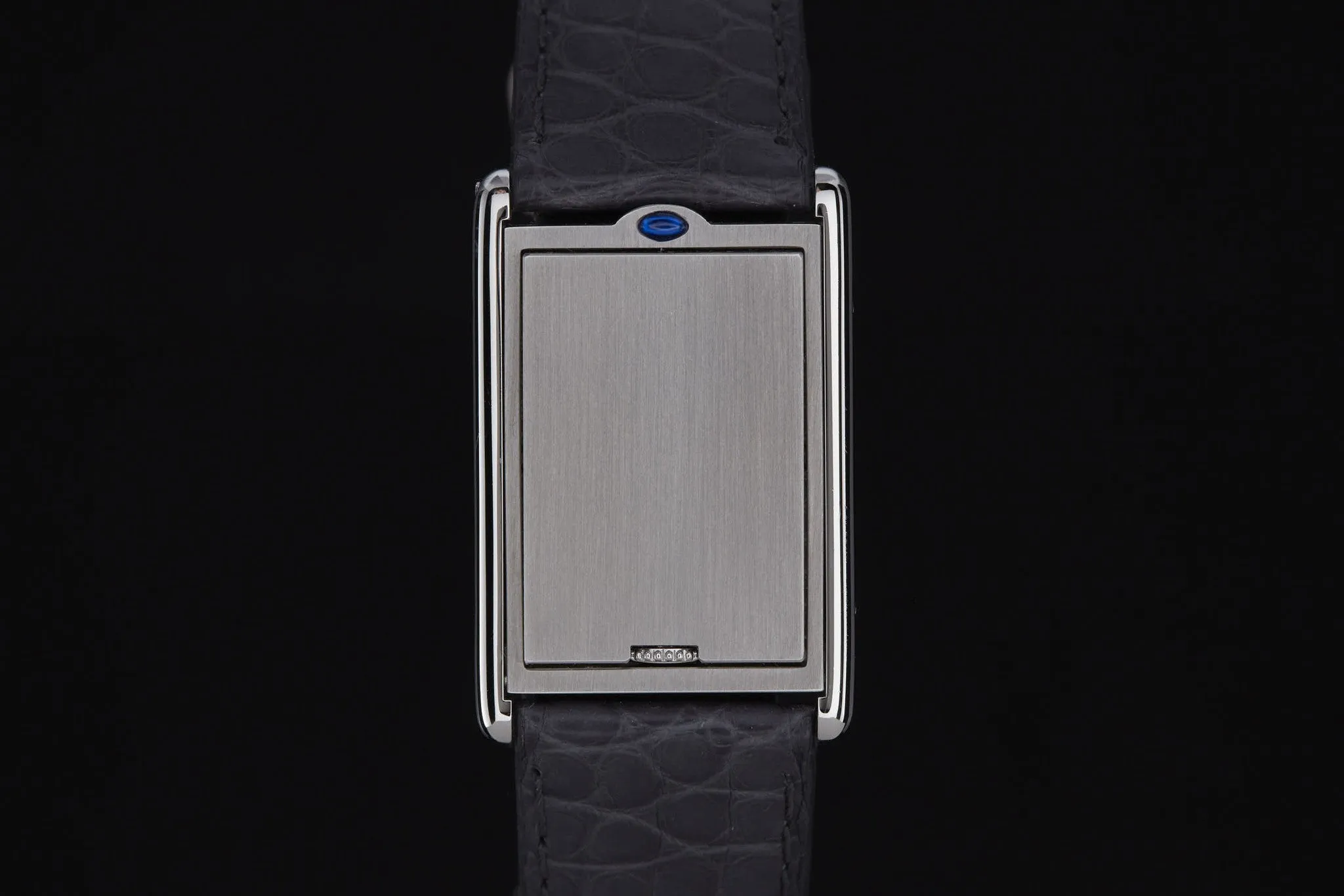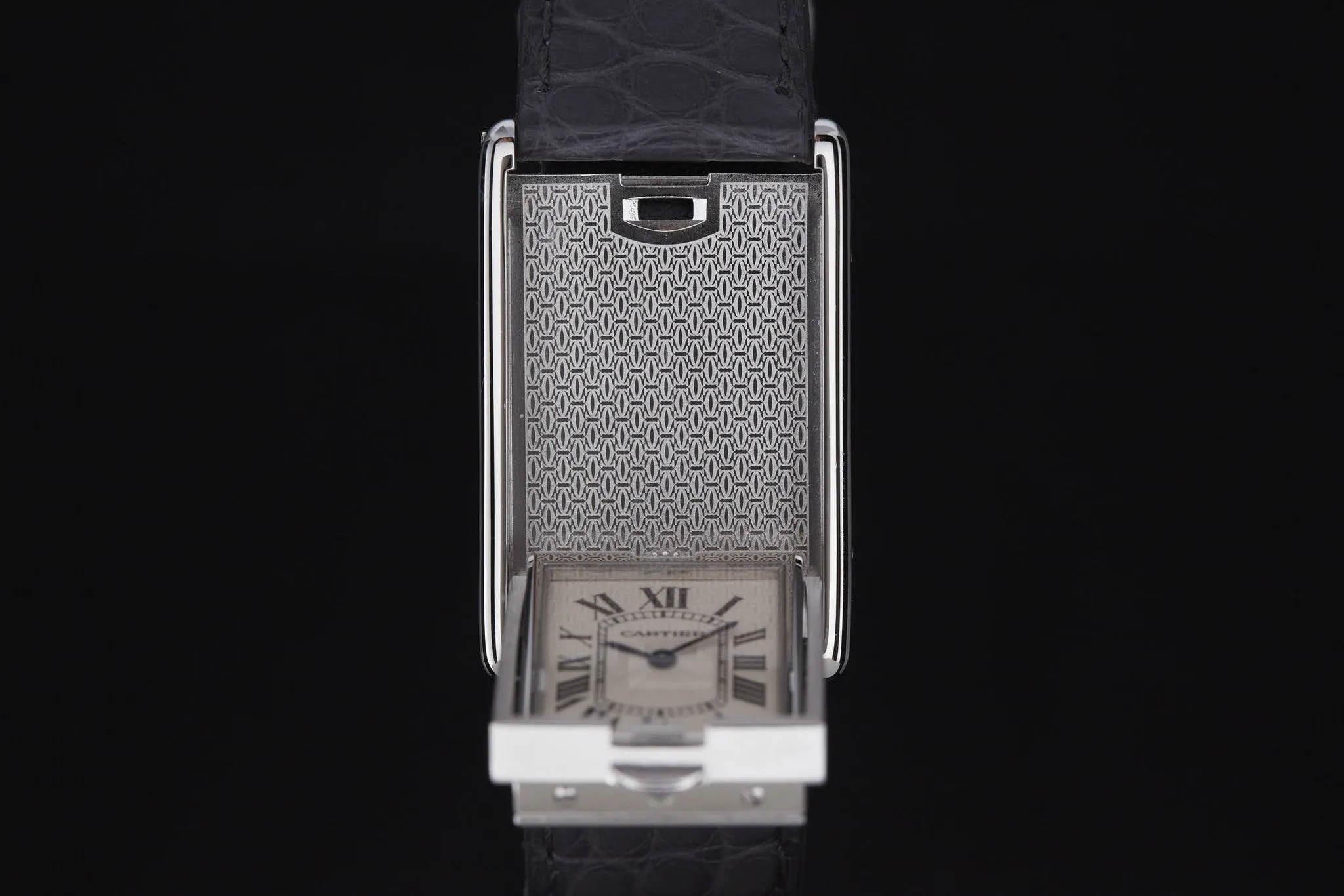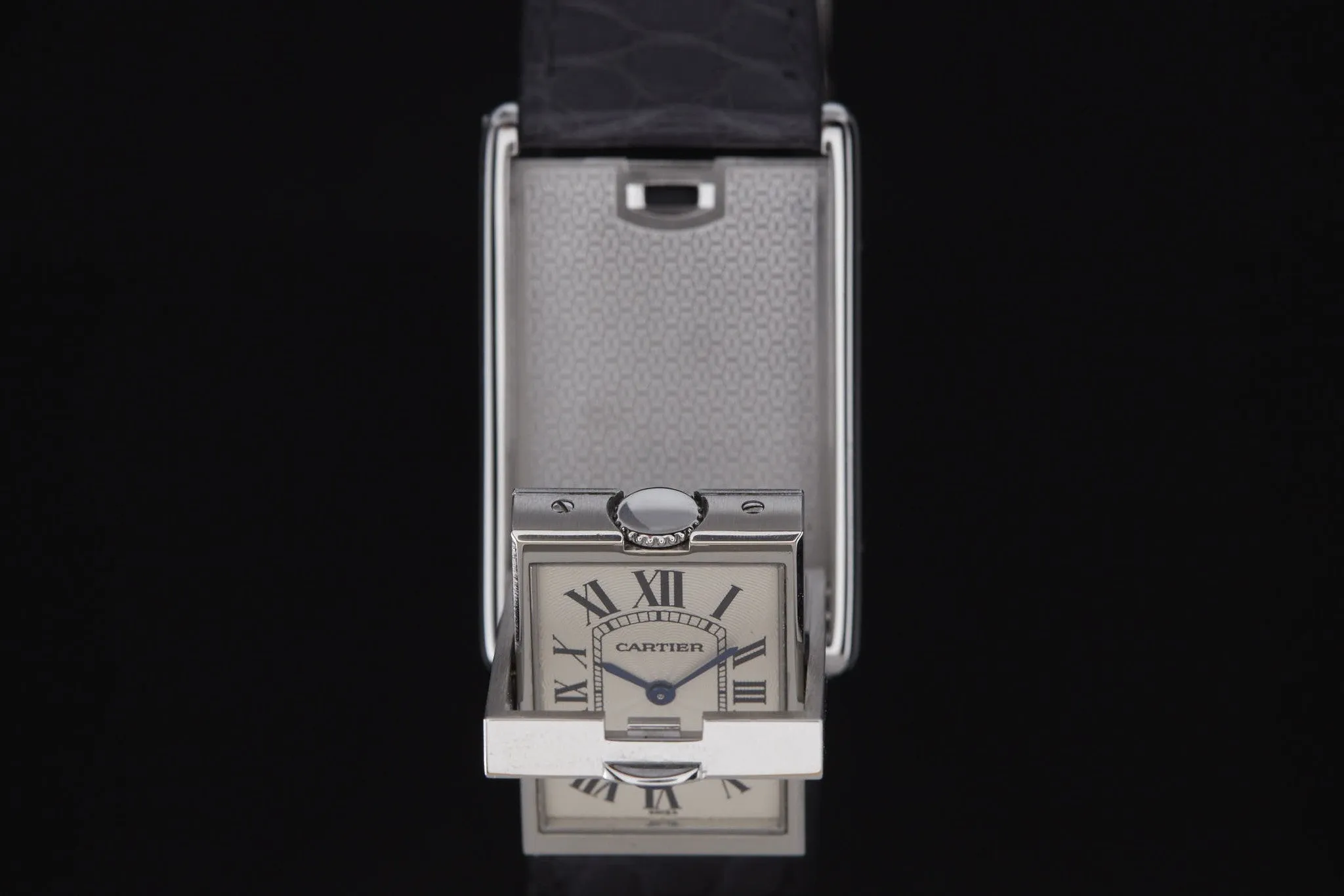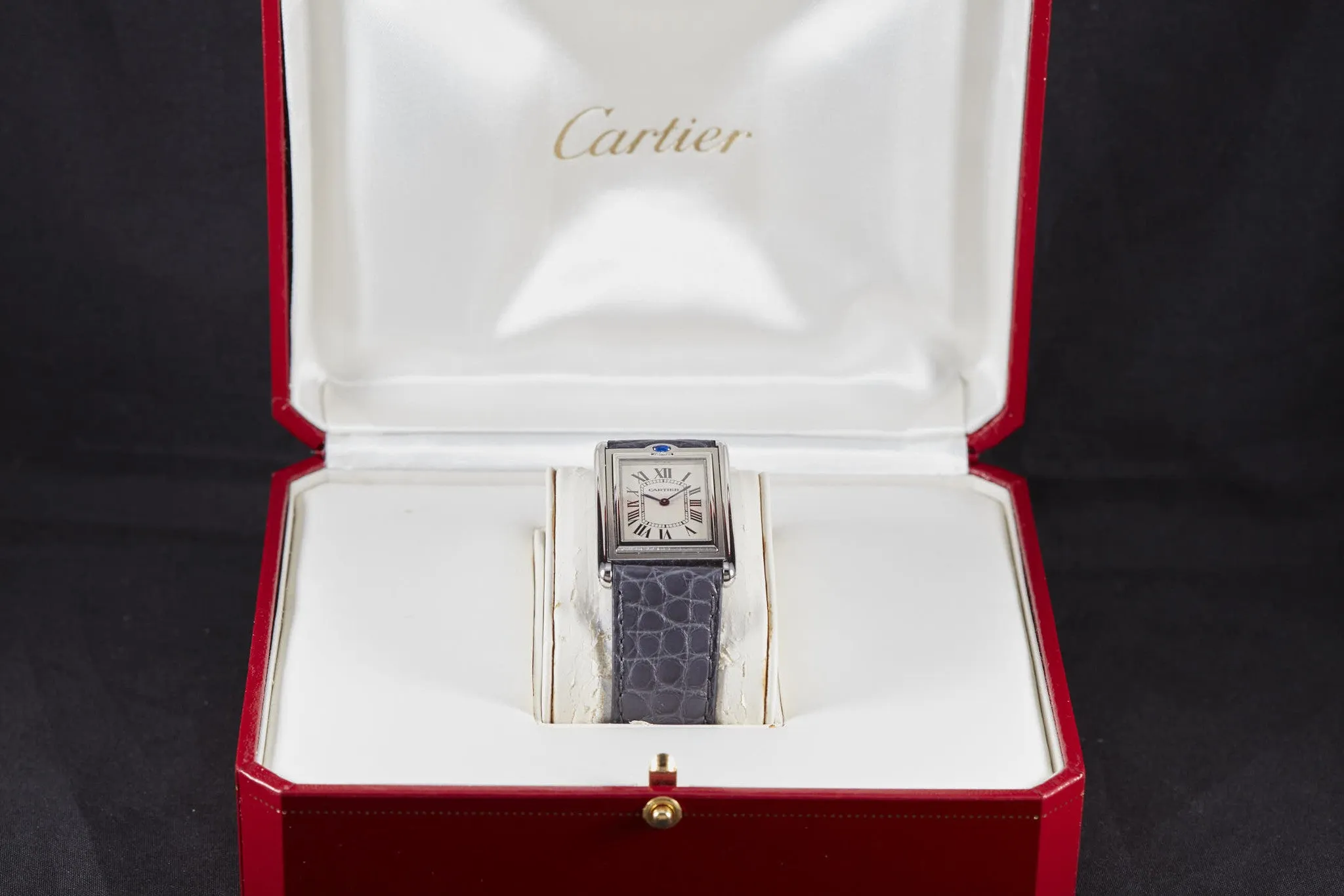There are certain designs that just resonate throughout the years and remain evergreen despite changing trends and tastes. The Cartier Tank, in all its one hundred years of production, is one such design. Whether in gold (yellow, pink, or white), stainless steel, or vermeil; whether Française, Chinoise, Americaine, or Normale; the Tank by Cartier is one watch that truly deserves to be called "iconic."
Cartier introduced the Tank in 1917, with a run of six pieces--given, or so the legend goes, to American General Joseph Pershing and his staff. The design of the Tank was inspired by the Renault FT-17 tanks Cartier glimpsed on the battlefield of the Great War. Cartier took the look of the Renault tank's treads and applied it to the lugs, which were integrated via brancards into the case itself. That first run of six pieces increased to thirty-three by 1920, and by the end of the 20th century, that number stood well in the thousands. In sheer volume alone, the Tank--in all its various models--is Cartier's largest line of watches.
The Tank Basculante Mécanique was released in 1932, a year after the . The Basculante certainly shares design similarities with the Reverso: the case in which the dial is housed pivots inside an outer case, much like the Reverso's. However, unlike the Reverso, which only uses a single track, the Basculante employs a swinging frame. When deployed, the inner case looks as though it's on a seesaw. Hence the name, which comes from the French bascule, or seesaw.
This technology was devised by Spécialités Horlogères SA, which in fact later became a part of Jaeger-LeCoultre. The frame was mounted on a ball bearing released at the top of the watch. While not as organic an operation as the Reverso, the Basculante is nevertheless intuitive, and provides better protection to the dial.
The movement of the Basculante was sourced from Fréderique Piguet. First conceived in 1926, at 2.1mm the Calibre 610 is thinner even than the Piaget Altipano 900P, touted as the world's thinnest mechanical watch. That's astounding even for today, and for 1926 it's a mechanical marvel.
The Tank Basculante may seem a pale imitation of the Reverso, but the subtle differences set it apart--also the fact that Cartier was making rectangular wristwatches before JLC was. But it's small details like the crown at 12 O'clock and the subtle guilloché of the dial (in which Cartier's hidden their signature inside the Roman numeral at 7 O'clock) that make the Basculante truly original. And even though Cartier released the Basculante in the famed Collection Privée, the Basculante never spawned an independent collection, and discontinued sometime in the last decade.
With its elegant guilloché dial and crisp Roman numerals, this Tank Basculante is unique among Cartier's tank models. Ours dates from the last decade of production, and shows only light signs of wear. A Cartier Tank is a necessity for those who want to add class, style and distinction to their horological arsenal, and for the collector who desires something a little out of the ordinary, the Basculante is a sure fit.




